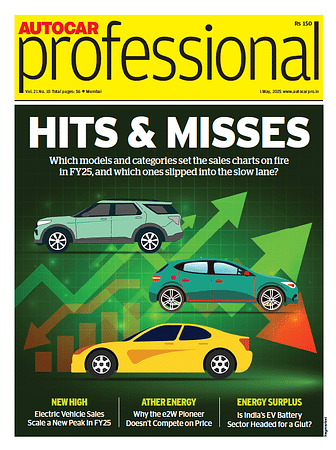Autonomous research vehicle uses LiDAR sensor tech to see in the dark
Ford tests Fusion Hybrid autonomous research vehicles at night, demonstrating the capability to perform beyond the limits of human drivers.
American carmaker Ford has been testing Fusion Hybrid autonomous research vehicles at night, demonstrating the capability to perform beyond the limits of human drivers.
Recently, under the cover of night, a Ford Fusion Hybrid autonomous research vehicle with no headlights on navigated along desert roads, performing a task that would be perilous for a human driver.
Driving in total darkness at Ford’s Arizona Proving Ground in the US, marks the next step on the company’s journey to delivering fully autonomous vehicles to customers. It’s an important development, demonstrating that even without cameras, which rely on light, Ford’s LiDAR – working with the car’s virtual driver software – is robust enough to steer flawlessly on winding roads. While it’s ideal to have all three modes of sensors – radar, cameras and LiDAR – the latter can function independently on roads without street-lighting.
In the US, National Highway Traffic Safety Administration data has found the passenger vehicle occupant fatality rate during hours of darkness to be around three times higher than the daytime rate.
“Thanks to LiDAR, the test cars aren’t reliant on the sun shining, nor cameras detecting painted white lines on the asphalt,” says Jim McBride, Ford technical leader for autonomous vehicles. “In fact, LiDAR allows autonomous cars to drive just as well in the dark as they do in daytime.”
To navigate in the dark, the self-driving cars use high-resolution 3D maps – complete with information about the road, road markings, geography, topography and landmarks like signs, buildings and trees. The vehicle uses LiDAR pulses to pinpoint itself on the map in real time. Additional data from the radar system is combined with LiDAR to complete the full sensing capability of the autonomous vehicle.
For the desert test, Ford engineers, sporting night-vision goggles, monitored the Fusion from inside and outside the vehicle. Night vision allowed them to see the LiDAR functioning in the form of a grid of infrared laser beams projected around the vehicle as it drove past. LiDAR sensors shoot out 2.8 million laser pulses a second to precisely scan the surrounding environment.
“Inside the car, I could feel it moving, but when I looked out the window, I only saw darkness,” describes Wayne Williams, a Ford research scientist and engineer. “As I rode in the back seat, I was following the car’s progression in real time using computer monitoring. Sure enough, it stayed precisely on track along those winding roads.”
After more than a decade of Ford autonomous vehicle research, the company is dedicated to achieving fully autonomous driving capability, which, as defined by SAE International Level 4, does not require the driver to intervene and take control of the vehicle.
This year, Ford will triple its autonomous vehicle test fleet – bringing the number to about 30 self-driving Fusion Hybrid four-door models for testing on roads in California, Arizona and Michigan, US.
RELATED ARTICLES
Hyundai Mobis develops battery system with built-in fire extinguishing feature
The new system prevents heat from being transferred to adjacent cells and extinguishes a fire early by spraying an agent...
FORVIA and Smart Eye unveil in-car iris and facial biometric authentication
This world-first innovation not only enhances the user experience by enabling seamless and secure payments but also open...
Continental to discontinue tyre production at Malaysian plant
Following a business review to safeguard its competitiveness and business performance in the APAC region, where Malaysia...






 By Autocar Professional Bureau
By Autocar Professional Bureau
 12 Apr 2016
12 Apr 2016
 4467 Views
4467 Views


















